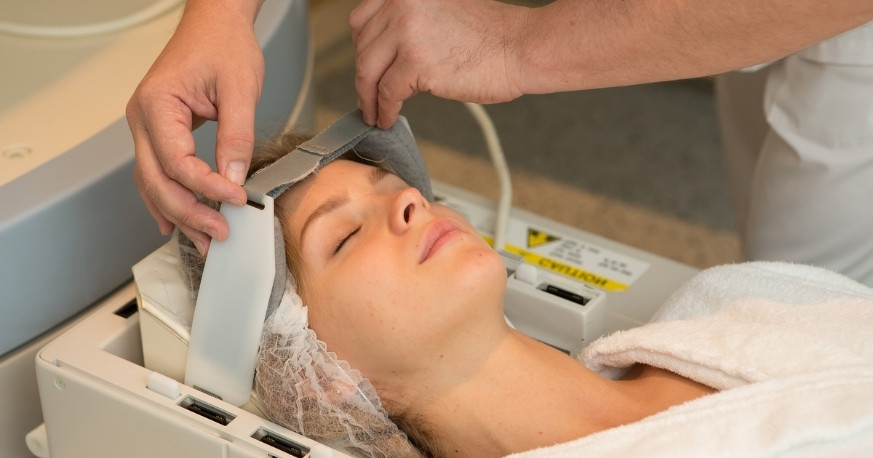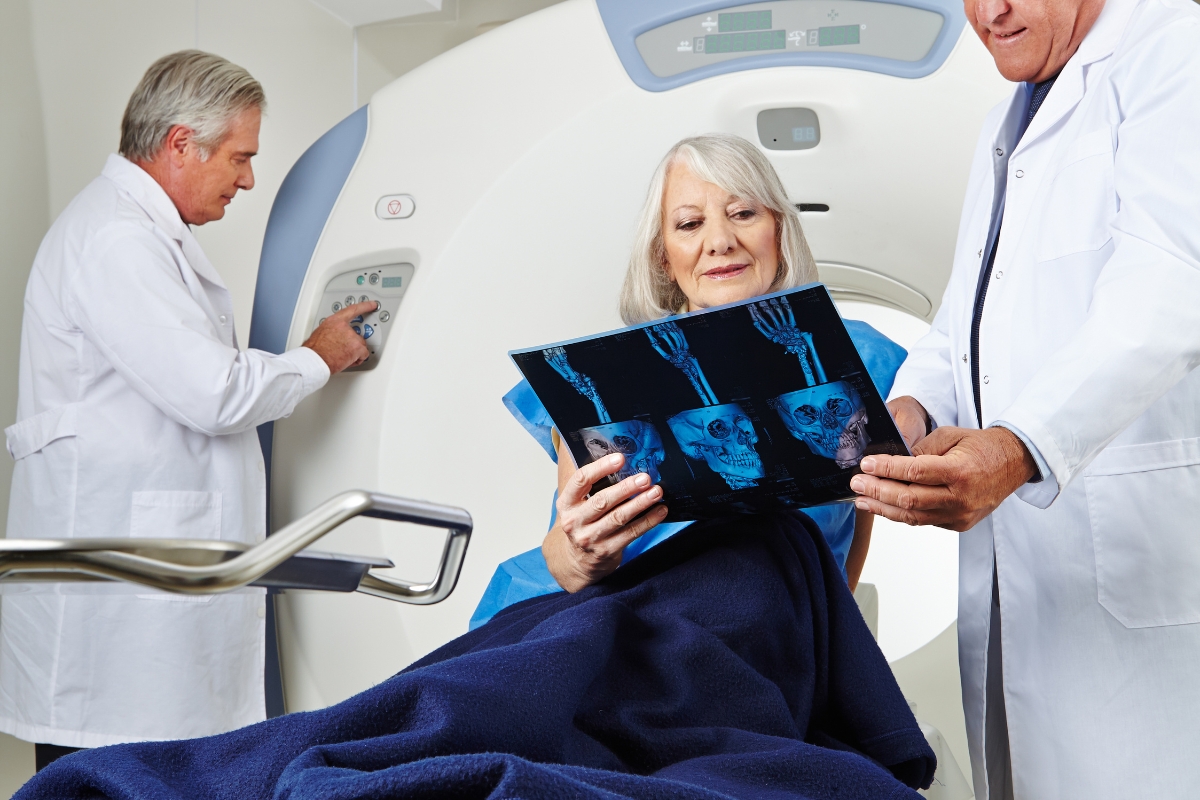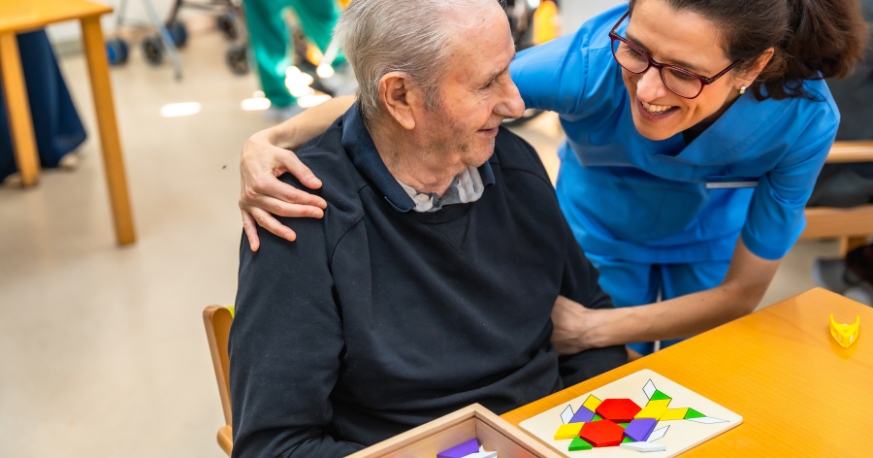10242 Greenhouse Rd #1002 Cypress, TX 77433
From Shock Therapy to Magnetic Therapy: How Mental Health Care Has Evolved

Mental health treatment has come a long way. Just a few decades ago, the methods used were harsh and often unsafe. Today, care has become more focused on safety, comfort, and science-backed approaches. The shift from aggressive treatments to gentler, modern therapies has changed lives for the better. New technology and better research continue to shape this path.
Let’s explore how mental health care has evolved over the years—from the early days of shock therapy to today’s use of magnetic stimulation.
The Early Days of Mental Health Treatment
- In the early 20th century, mental health care was often experimental.
- Many treatments were based more on trial and error than science.
- Asylums were common, and patients faced harsh conditions.
- Electroconvulsive therapy (ECT) was introduced in the 1930s.
- It caused seizures by sending electric currents through the brain.
- While it sometimes helped, it also caused memory loss and confusion.
Why did ECT become popular?
- At the time, it was one of the few treatments that showed results.
- Medications were not yet available, and ECT offered some relief.
- Unfortunately, the lack of regulation made it risky and overused.
The Rise of Psychotropic Medication
- In the 1950s, things started to change with the introduction of antipsychotic drugs.
- Chlorpromazine was one of the first to be used for schizophrenia.
- Soon after, antidepressants like imipramine entered the scene.
- These medications reduced the need for hospital stays.
How have drugs reshaped treatment?
- They allowed patients to live more normal lives outside institutions.
- Medication brought stability and control for many people.
- Still, side effects remained a challenge.
With time, more drug options became available:
- Mood stabilizers for bipolar disorder
- Anti-anxiety drugs for panic disorders
- SSRIs for depression and obsessive-compulsive disorder
Talk Therapy Gains Ground
- As medications improved, talk therapy also became popular.
- In the 1960s and 70s, approaches like cognitive behavioral therapy (CBT) took shape.
- Therapists started focusing more on thoughts, behaviors, and emotional patterns.
What made talk therapy effective:
- It helped people understand and manage their emotions better.
- It promoted coping strategies for daily stress.
- Unlike early treatments, it focused on long-term mental wellness.
Different therapy styles that emerged:
- CBT for anxiety and depression
- DBT for borderline personality disorder
- Humanistic therapy for personal growth
- Group therapy for shared healing
Community-Based Mental Health Care
- By the late 20th century, mental health treatment shifted from hospitals to communities.
- The idea was to treat people in familiar, supportive environments.
- Local clinics and mental health centers opened across cities and towns.
Why did this shift matter?
- It reduced isolation for those facing mental illness.
- Family involvement became part of care.
- Treatment became more personalized and less institutional.
Programs focused on:
- Case management
- In-home visits
- Support groups
- Crisis intervention services
A Modern Era: Non-Invasive Brain Stimulation
- In recent years, non-invasive therapies have become more common.
- Transcranial magnetic stimulation (TMS) is one of the most talked-about options.
- It uses magnetic pulses to activate areas of the brain linked to mood.
- Magnetic e-Resonance Therapy, a term used in some practices, is a similar non-invasive method gaining attention for its potential mental health benefits.
How does TMS work?
- A device placed near the head sends short magnetic pulses.
- These pulses target the prefrontal cortex, which is often underactive in people with depression.
- Sessions are quick, and there’s no need for sedation.
Why is it gaining attention?
- It helps those who don’t respond to medication.
- Side effects are usually mild and short-term.
- It offers a non-drug option for managing mental health.
What the Future Looks Like?
- Today, mental health care is more about options than one-size-fits-all.
- People can choose between medication, therapy, holistic methods, or modern tools like TMS.
- The focus is on treating the whole person, not just the symptoms.
Emerging trends to watch:
- AI-powered mental health apps
- Virtual therapy sessions
- Personalized medicine using genetic data
- Ongoing research into brain stimulation
The Journey From Then to Now
- The path from shock therapy to magnetic therapy reflects major growth.
- Each phase, even the difficult ones, helped shape better care.
- Treatments now focus on comfort, science, and real-life impact.
What did we learned along the way?
- Care must be humane and respectful.
- Science should guide every treatment.
- Every person’s journey is unique and deserves attention.
Mental health care has moved from fear-driven treatments to thoughtful, science-based support. What once involved painful methods has now become a journey of healing through choice, compassion, and innovation. With tools like therapy, medication, and magnetic stimulation, people have more control over their care. As technology grows, mental health support will become even more personalized and accessible. The progress may have taken decades, but today, we are in a place where care truly focuses on improving lives—safely and effectively.




